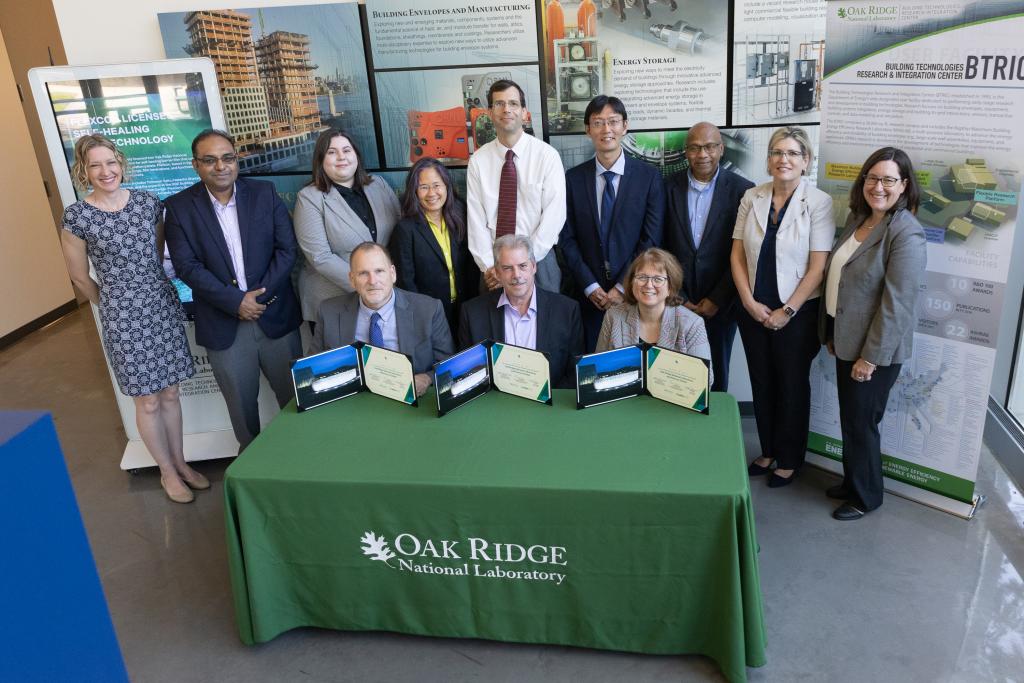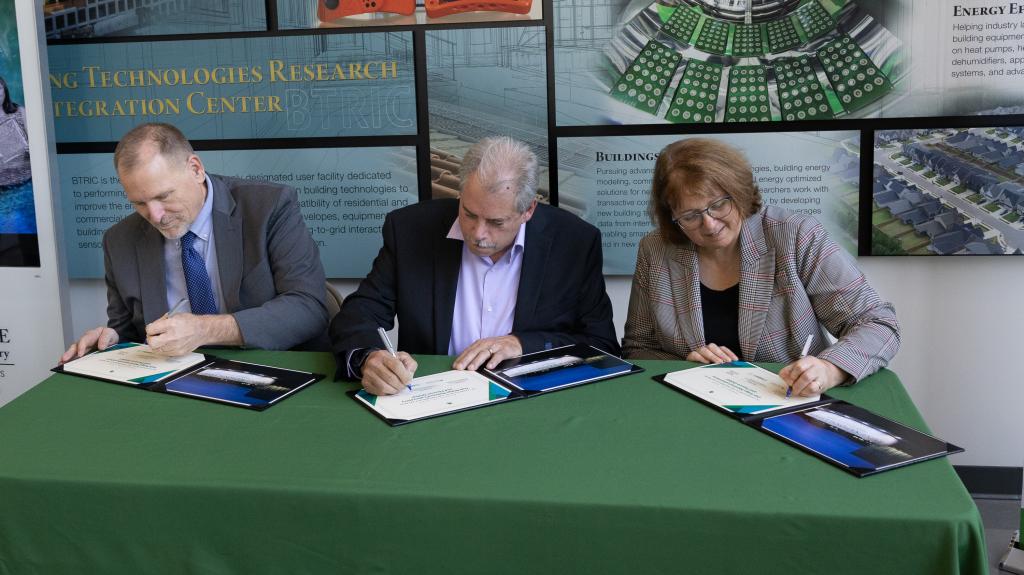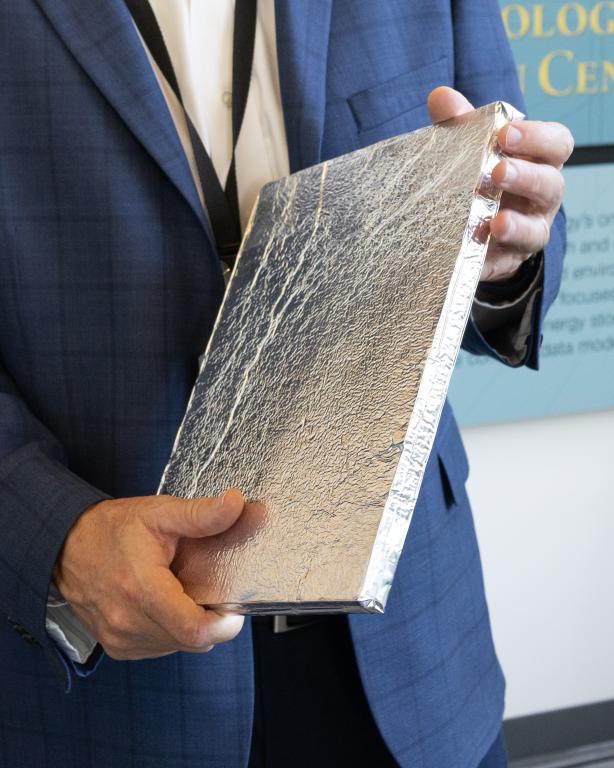
Flexcon Global has exclusively licensed two patented inventions to manufacture a self-healing barrier film from the Department of Energy's Oak Ridge National Laboratory for research and development purposes. The film can be incorporated into vacuum insulation panels to increase the efficiency of buildings during retrofits.
Flexcon, based in Spencer, Massachusetts, provides coatings, film laminations and functional technologies to a range of markets including healthcare, sustainable packaging, transportation, consumer durables, electronics, industrial, retail and advertising.
Under a cooperative research and development agreement that began in 2021, Flexcon and ORNL have been exploring the capabilities of the technology and fine-tuning its properties.
The licensed technologies include a self-healing barrier film as well as an advanced method for manufacturing the film using a roll-to-roll coating process.
"Working with Tomonori Saito and his team has been an exciting opportunity to create a solution for an unmet need in the market. Our relationship with ORNL as a manufacturing developmental partner has been mutually beneficial," said Mike Merwin, Flexcon's director of technology solutions. "We look forward to working on additional projects and continuing the strong working relationships that have come out of this experience."

Saito, a researcher in ORNL's Chemical Sciences Division, leads the work for ORNL with support from Natasha Ghezawi, a Bredesen Center student. The Bredesen Center is an educational partnership managed by the University of Tennessee-Oak Ridge Innovation Institute focused on doctoral programs aligned with convergent research areas shared by both institutions.
Former ORNL researchers Kaushik Biswas, David Wood, Kelsey Grady and Pengfei Cao contributed to the inventions. ORNL's Catalin Gainaru, an R&D associate in the Chemical Sciences Division; Diana Hun, group leader for Building Envelope Materials Research; and the experts at the Building Technologies Research and Integration Center, or BTRIC, a DOE user facility at ORNL, provided support for the CRADA work.
Building envelope components - walls, windows and roofs - account for nearly 8.5% of total energy consumption in the United States. Adding materials that can better resist heat flow to an existing building envelope can significantly lower the building's carbon footprint. The development of highly durable high-performance insulation materials is critical to meeting decarbonization goals for the buildings sector.
Vacuum insulation panels, or VIPs, are a thermal insulation material used in refrigeration that have exceptionally low thermal conductivity but can be easily damaged in transit or during installation.
"If a panel can self-heal right after it is damaged, it is possible to significantly reduce the loss in thermal conductivity, maintain the vacuum within the panel and yield a product that is more reliable during installation and its overall lifetime," said Saito.
The roll-to-roll coating process involves coating both sides of a separator substrate with a curing agent slurry and a curable resin slurry. Protective layers are interleaved during the coating process to create a multi-layered barrier film.

The films produced by this method can be formed into barrier enclosures, which, when combined with a core material, can be evacuated and sealed to create a self-healing VIP. Upon damage, the curing agent penetrates the separator because of a pressure difference and reacts with the curable resin, sealing any cuts or punctures. The curing agent and resin are selected for long-term stability and rapid reaction without external stimuli, ensuring the film's integrity and low thermal conductivity over time.
This manufacturing process allows the barrier film to automatically repair itself if punctured, maintaining its insulating properties and extending the life of the product. This process can be integrated into existing roll-to-roll manufacturing systems, making it scalable and cost effective.
Self-healing films are also potentially suited for a range of uses beyond VIPs including storage, packaging, food and pharmaceutical applications.
Merwin and his Flexcon colleagues Yudi Sahoo, senior scientist; Amanda Young, technology specialist; Chris Kowalczyk, technology specialist; and Julie Beaudry, technology discovery manager, participated in the CRADA work. The CRADA project was sponsored by DOE's Building Technologies Office as part of a 2020 Technology Commercialization Fund award.
Andrea Bowers negotiated the terms of the CRADA and Andreana Leskovjan negotiated the license on behalf of ORNL. For more information about related technologies available for licensing, visit the materials portfolio website and the energy and utilities portfolio website.
UT-Battelle manages ORNL for DOE's Office of Science, the single largest supporter of basic research in the physical sciences in the United States. The Office of Science is working to address some of the most pressing challenges of our time. For more information, please visit energy.gov/science.






